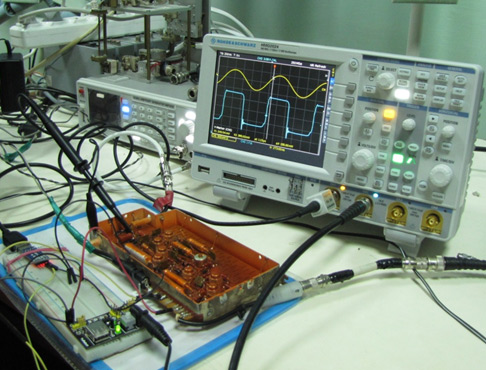Investigation of the Usage Efficiency of Impulse Ultrawideband signals in the Communication Radio Systems and Networks
Impulse-Radio Ultra-Wideband signals (IR-UWB) show considerable promise due to their numerous advantages that allow creating a ―new‖ radio engineering in the future and communication systems with properties that have not been yet realized. Taking into account constantly increasing deficit of radio waveband for conventional telecommunications systems, which is especially relevant to mobile and satellite communication services, the implementation of
IR-UWB signals is probably the only way to significantly increase the overall throughput of radio communications, satisfying the increasing demands of the society in that way. It is worth noting, that today’s development of microprocessors and electronic components create prerequisites for
creation of various communication systems based on IR-UWB signals.
In the research, the theory of non-energy receiving of IR-UWB signals was developed. Grounding on the obtained results, the structure of a receiver, which is the key component of data transmission channel, for this type of signals was generated. The simulation model of a data transmission channel with IR-UWB signals was made. The theoretical estimations of the throughput
of such a channel were obtained and the optimal value of integration period in the receiver was determined. The simulation was done of a satellite data transmission channel that implements IRUWB signals in case of low Earth orbiting (LEO) satellite. The parameters characterizing the power budget of such a channel were calculated with consideration of administrative limitations imposed on a power spectrum of an ultra-wideband signal. The list of electronic components was formed, as well as the simulation of a transmitting part of the communication system with IR-UWB signals
was done. The realization of a generator of such signals using charge-storage diodes was proposed.The approaches to the increasing of IR-UWB radio communication distance were investigated. The methods of detecting IR-UWB signals were proposed and investigated.

| Attachment | Size |
|---|---|
| 212.5 KB |




